What’s the Definition of “Green Building”?
Martin Holladay analyzes 10 factors for eco-friendly home design.
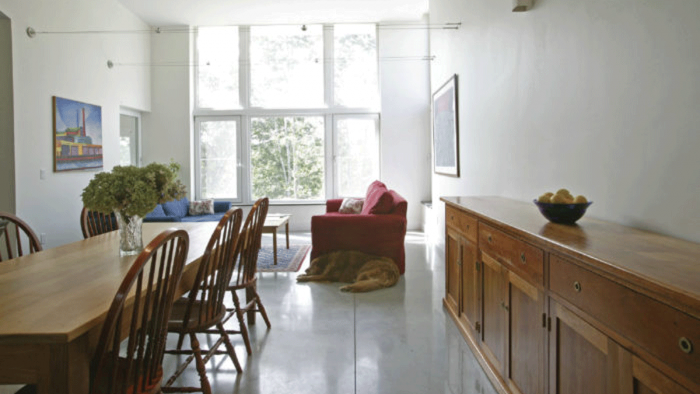
Since there is no agreed-upon definition of “green building,” it’s hard to evaluate the claims of builders who describe their homes as “green.” That said, the green building trend shows no signs of losing steam, so we might as well examine existing definitions to see if they make any sense. I recently spent time accumulating green building definitions from as many sources as possible and identified ten different characteristics of green buildings. No single definition included all ten, but three characteristics appeared in most definitions.
According to most sources, a green building:
- Is energy-efficient.
- Is water-conserving.
- Uses materials in a resource-efficient way.
Beyond these three elements, descriptions of green building differ widely. Only a few definitions noted one or more of the remaining seven characteristics that I discovered. These run the gamut, touching on the environmental impact of material choices, the sustainability of building materials and processes, site disturbance, and more. Let’s take a look at the logic behind all 10.
1. A green building is energy-efficient.
Energy use is strongly associated with greenhouse gas emissions, so reducing energy consumption tends to reduce damage to our environment that is caused by burning fossil fuels.
There are many different ways to reduce energy use. For example, we can buy more-efficient appliances, install thicker insulation, or specify windows with a very low U-factor. Determining whether the environmental benefits of reduced energy consumption are valuable enough to justify the cost (the environmental cost as well as the financial cost) of expensive energy-saving measures is tricky, so implementing this point takes judgment.
It’s also worth noting that most countries are now transitioning to energy sources that don’t emit greenhouse gases. Once a region completes this transition, the environmental argument underpinning energy efficiency mostly evaporates.
2. A green building is water-conserving.
Almost all green building definitions include this point, and it generally makes sense. Of course, if you live in parts of Canada, Iceland, or Norway where fresh water is abundant, it makes little sense to invest in expensive equipment to save water—especially if the equipment requires unusual resources to manufacture. So it’s unclear (at least to me) whether this point is universal enough to include in a green building definition.
3. A green building uses materials in a resource-efficient way.
This point is tricky, but the idea is that a house built using 8000 board feet of lumber is greener than a house that needs 16,000 board feet of lumber to build.
So what’s better: a house built with straw bales trucked from a farm 300 miles away, or a house built with 2x6s and OSB from a local mill? That’s where the math gets difficult. Good luck figuring it all out.
If you’re aiming to use materials in a resource-efficient way, remember to choose materials with low embodied energy. For more information on the topic, read the article, “All About Embodied Energy,” at GreenBuildingAdvisor.com.
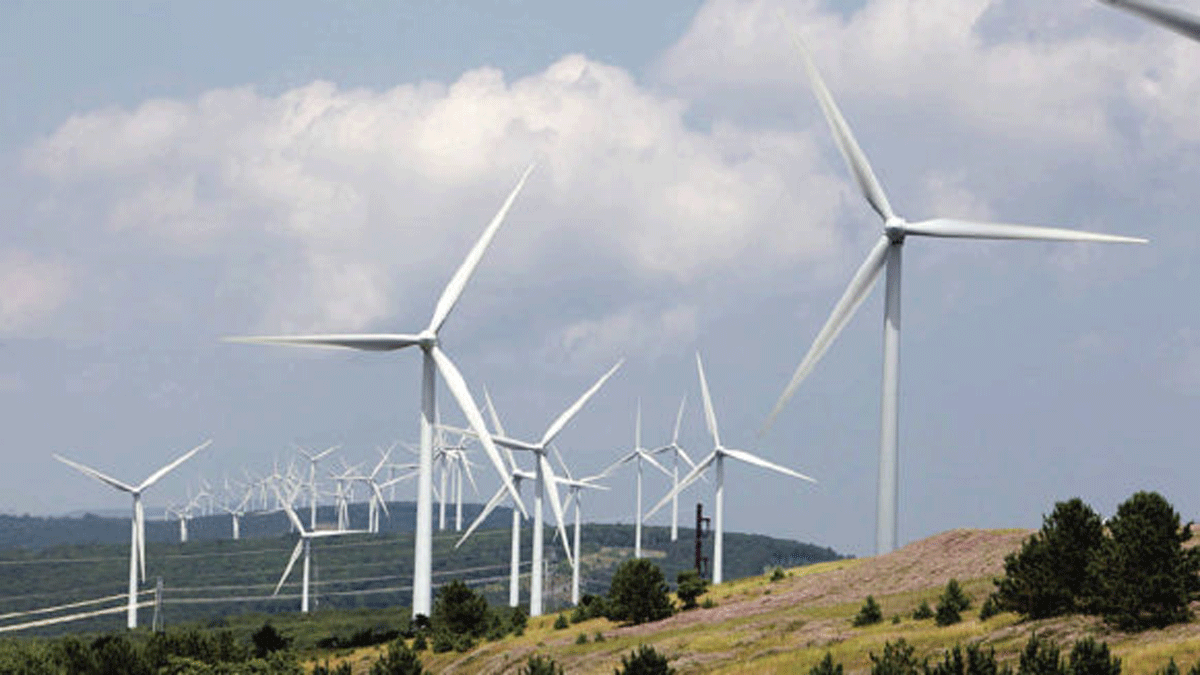
4. A green building uses materials produced in ways that minimize pollution
In other words, it uses materials that minimize the environmental impact of the project.
This point is valid, but is hard for most builders or homeowners to assess. Is the factory where this OSB was manufactured responsible for water pollution? If so, is the pollution from manufacturing OSB greater or less than the pollution from manu-facturing plywood?
If you want to delve deeply into this field, you should probably subscribe to BuildingGreen.com, a website that publishes well-researched articles that try to make judgments on this type of thorny dilemma.
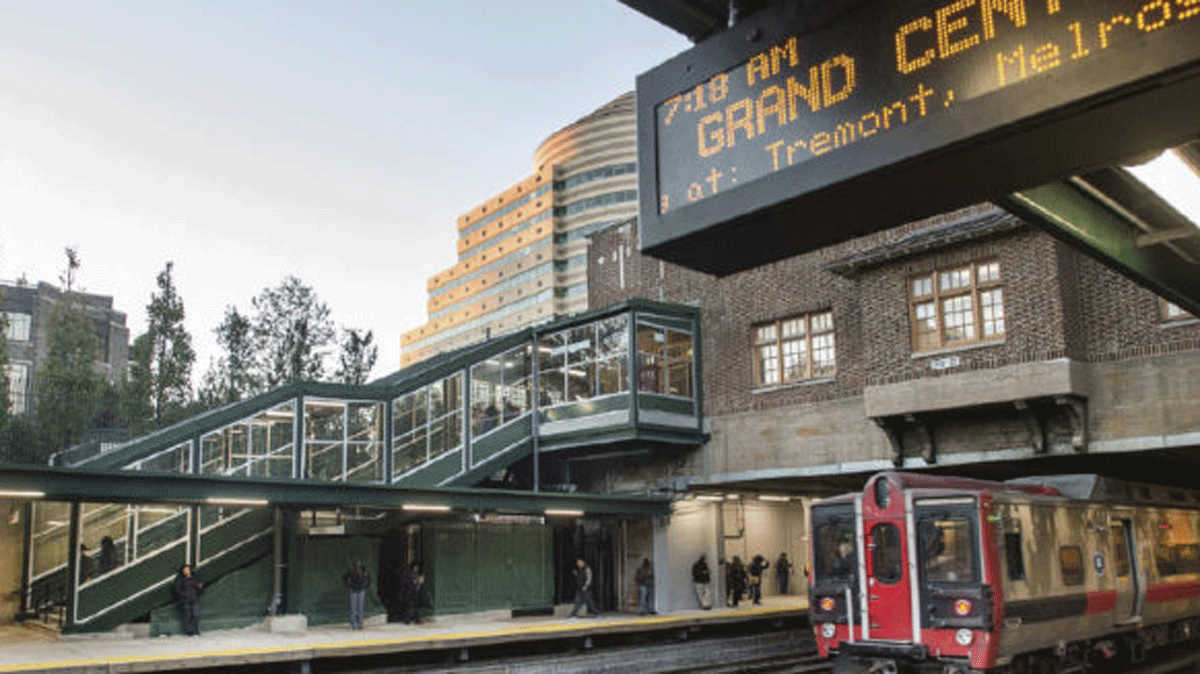
5. A green building uses materials and processes that are environmentally sustainable.
To be sustainable, a behavior or process must be able to be continued at its current rate indefinitely, without causing environmental degradation. Sustainability is a very high bar.
Lots of existing industries, as currently undertaken, are unsustainable: for example, peat-moss harvesting, ocean fishing, and oil extraction.
Let’s say that you want to build a new single-family home in the United States. Is our present rate of single-family home development sustainable? That’s a difficult question to answer, but I suspect not. So while the sustainability goal is admirable, it’s very hard to adhere to.
6. A green home is designed for operation that minimally impacts the environment.
Operating a building usually requires energy, regular maintenance, and cleaning. Ideally, the operation of a green building should minimally impact the environment. In this vein, it might be argued, for example, that a building that uses a solar-thermal system to produce domestic hot water is greener than one with a gas-fired water heater, or that a terrazzo floor is greener than a vinyl floor (because vinyl floors need more frequent cleaning and energy-intensive buffing).
Ongoing operation expenses include transportation energy associated with commuting and shopping. A home designed for “operation that minimally impacts the environment” needs to be located close to jobs, shops, schools, and public transportation.
7. A green home provides above-average indoor air quality (or “promotes human health”).
This point—which on its face has nothing to do with the ecosystems that support life on Earth—has always seemed incongruous to me. Nevertheless, many green building definitions include this point, proving once again that when it comes to our cultural attitudes about the environment, it’s really not about pandas, bats, or orchids—it’s all about us.
Besides being more anthropocentric than any other green building principle, there are a few other oddities about this one. For example, it’s strange that the bar is so low. Shouldn’t any home, by design and by law, conform to the principle that no home should be poisonous—whether or not the home is “green”? If our homes are poisonous—most aren’t, of course—that’s a strong condemnation of our building codes and regulatory agencies.
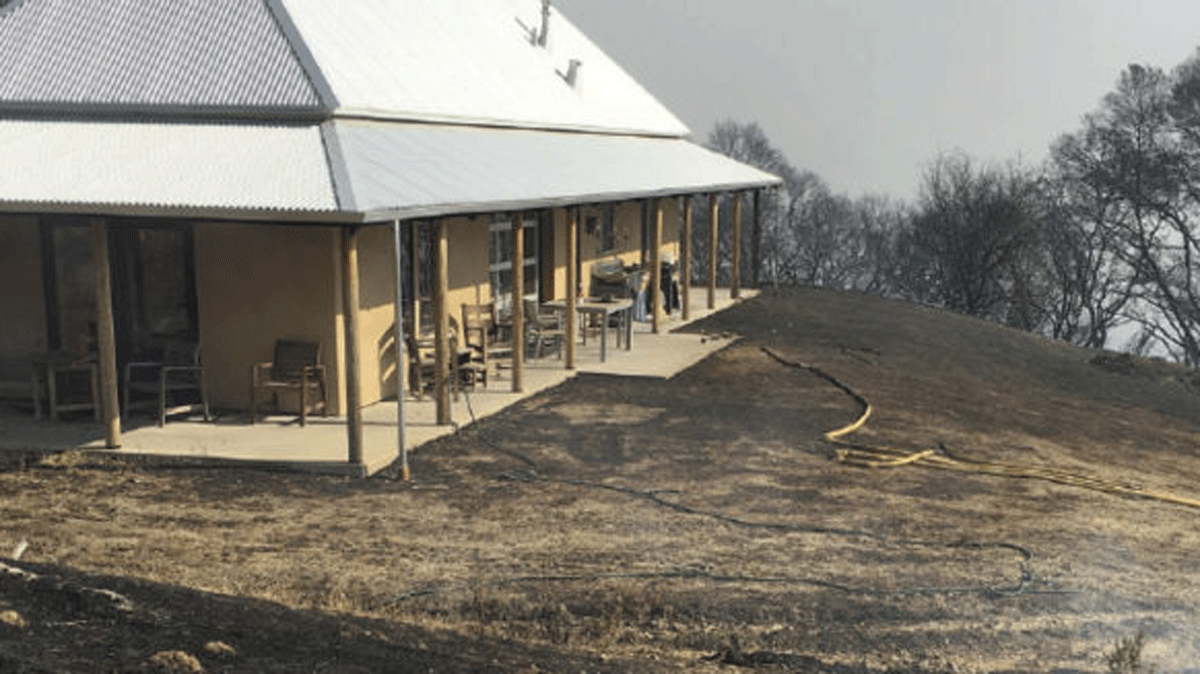
8. A green home disturbs the site as little as possible.
This principle appears in just a few green building definitions. Taken literally, it dictates that homes on piers are preferable to homes with basements; that homes without landscaping features are preferable to homes with lawns, plantings, or mulched areas; that homes without parking spaces are preferable to homes with parking spaces.
In areas subject to periodic wildfires, builders are usually advised to severely modify a building site to make it harder for wildfires to ignite the home. Such modifications put the “don’t disturb the site” principle to the test.
This principle raises the question: Should we be managing the land adjacent to our homes—those areas traditionally referred to as the front yard and the backyard—for human use, or should we be striving to mimic the natural ecosystem that existed before the house was built?
Another question raised by this principle: Do we envision that our existing home sites will someday be restored to something like wilderness? If that’s the goal behind this principle, it seems unlikely to occur.
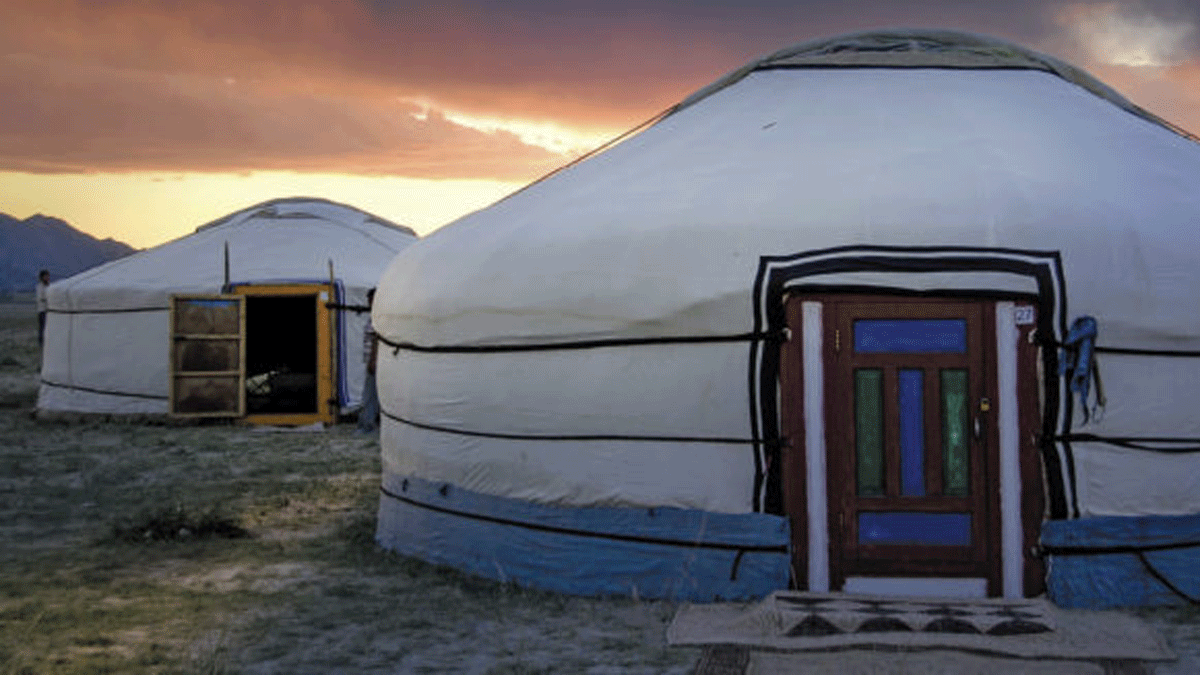
9. A green home is durable.
The logic behind this point is that manufacturing building materials has an environmental cost, so it makes sense to design and build homes that last longer than average. It seems intuitively obvious that rebuilding a home every 50 years has a greater environmental cost than rebuilding a home every 150 years.
I’ve always been skeptical, however, of the value of durable construction specifications, and I lean toward the conclusions reached by Stewart Brand in his landmark book, How Buildings Learn. Buildings are frequently modified, and it’s hard for today’s builders to anticipate future needs.
Some durable buildings aren’t green, and many green buildings aren’t durable. In fact, the more one looks into the issue, the harder it is to find a link between durability and greenness.
10. A green home is as small as possible.
While this point is easily defensible, most green building definitions avoid mentioning it. Needless to say, most North Americans don’t want to hear this truth. In the United States, the first important tiny-house advocate was Henry David Thoreau, who built himself a 10-ft. by 15-ft. home in 1845. In Walden, Thoreau wrote, “I used to see a large box by the railroad, six feet long by three wide, in which the
laborers locked up their tools at night; and it suggested to me that every man who was hard pushed might get such a one for a dollar, and, having bored a few auger holes in it, to admit the air at least, get into it when it rained and at night, and hook down the lid, and so have freedom in his love, and in his soul be free. … Many a man is harassed to death to pay the rent of a larger and more luxurious box who would not have frozen to death in such a box as this. I am far from jesting.”
As you might gather, Thoreau abhorred debt. He wrote, “When I consider how our houses are built and paid for, or not paid for, and their internal economy managed and sustained, I wonder that the floor does not give way under the visitor while he is admiring the gewgaws upon the mantelpiece, and let him through into the cellar, to some solid and honest though earthy foundation.”
The reality is that the issues raised here don’t matter to most builders who market “green” homes, since they are probably more concerned with developing an effective marketing program than with understanding the environmental impacts associated with new-home construction.
From Fine Homebuilding #274
Fine Homebuilding Recommended Products
Fine Homebuilding receives a commission for items purchased through links on this site, including Amazon Associates and other affiliate advertising programs.

100-ft. Tape Measure

Original Speed Square

Anchor Bolt Marker






View Comments
Nice post. Some people think that going green can be a costly or difficult venture. However, there are so many different methods that people choose to go with that can help you save both the money and the effort that goes into making an extensive green energy plan for your home.
Thanks to these indicators, which have been developed with experts in the field.